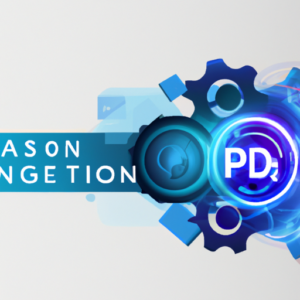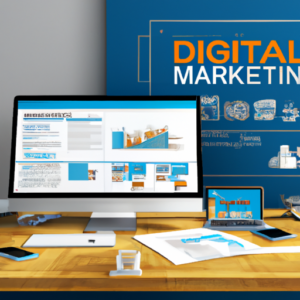Step #2 – What numbers will a buyer want to see?
Of every email you receive from me, you’ll probably dislike this one the most. After all, what could be more boring than pouring over numbers, expense categories, and interpreting the seemingly made-up language of your accountant?
However, great finanical reports are the BEST way to know if and how much money you’re actually making. If done properly, it’s the quickest way to determine issues with pricing, mark-ups, and which costs are out-of-line.
And when it’s time to sit down with a buyer, guess what they all want to see? The financial reports.
What finanical reports do I need?
- Profit & Loss Statement (also called a P&L or Income Statement)
- Balance Sheet
- Corporate Tax Returns
How many years will a buyer want to see?
3-5, which is why you need to start preparing your business for the new owner today.
Just give me the basics, what do I need and how do I do it?
- A great accountant – If you don’t have one, email me and I’ll recommend some. Your accountant will maintain your balance sheet and tax returns and may even maintain your P&L. Even if he does do all of that, you need to have a basic understanding of what’s what and how it affects the selling price of your business.
- Accounting software – Progams like Quickbooks, Zoho Books, and Peachtree make this relatively simple. They all have strong support and plenty of online tutorials.
- Profit – Most businesses are valued on a multiple of Seller’s Discretionary Earnings (SDE). SDE is generally defined as Net Profit (also called Net Income or Earnings) PLUS Interest, Depreciation, Taxes, and Amortization. To that you’ll then add a reasonable level of ownership perks such as the owner’s salary, company vehicle, cell phone, and insurance. Because of all of these add-backs, your business can reasonably show a loss even though you are making money.
How do I create a useful P&L?
Very few owners ever seem to ask themselves this question. Just because you have a P&L, that doesn’t mean it’s very helpful to someone else. For instance, if your P&L only has one income category titled “Sales” you have some work to do. Are those sales for new or used equipment? Which revenue streams are improving over time? Are your margins for each product profitable? What percentage of sales are for products versus services? This is common in small business so if this is you make a commitment to improving your books.
Unfortunately, we can’t cover everything you need to know in a brief email so here are some additional resources.
- Do you know the difference between Cashflow and Profits?
- Know the vital numbers in your business!
- How to create General Ledger codes for your P&L
Take action today by getting an accountant, buying some accounting software, and reading the 3 blogs above.
If you still could use some additional guidance, email me and we’ll schedule a time to chat.
To your success,
Bryan Trilli




